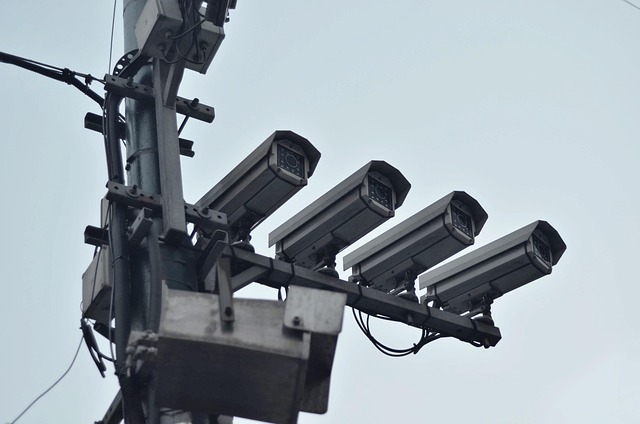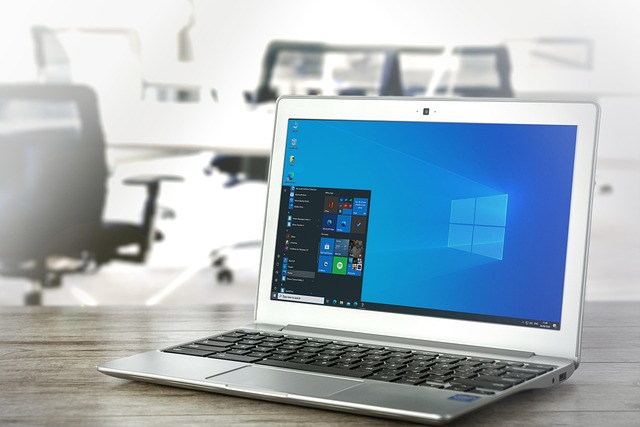
Server Supervision Hardware Tips for Reliable IT Performance
When designing or upgrading a data center, the phrase “Server supervision” often comes up as a core component of operational success. While software tools and monitoring dashboards are vital, the underlying hardware choices are equally decisive. A well‑chosen set of components can reduce downtime, improve performance, and extend the life of the entire system. This article walks through the most important hardware considerations that support reliable server supervision.
1. The CPU: A Supervisor’s Backbone
The central processing unit (CPU) is the first line of defense in server supervision. High core counts and efficient architectures allow the supervisor software to process logs, analytics, and alerting routines without becoming a bottleneck. When selecting a processor, look for:
- Low TDP to minimize cooling demands.
- Large cache sizes for quick data retrieval.
- Compatibility with hyper‑threading or simultaneous multithreading.
Modern Xeon or EPYC families provide the balance of performance and power efficiency needed for continuous monitoring tasks.
Why CPU Frequency Matters in Supervision
Server supervision often involves real‑time analysis of network traffic, performance metrics, and fault detection. If the CPU cannot keep up, data will backlog, and alerts may be delayed. Even a modest 10 % increase in clock speed can shave milliseconds off each monitoring cycle, translating into faster incident response.
“A server’s supervisor is only as fast as its processor allows it to be.”
2. Memory: The Supervisor’s Workspace
RAM serves as the short‑term memory for monitoring processes. When supervising hundreds of nodes, the supervisor software needs to store snapshots, historical trends, and anomaly detection models in memory. Key factors include:
- Capacity: Aim for at least 32 GB for mid‑range environments.
- Speed: DDR4‑3200 or DDR5 for lower latency.
- Reliability: ECC (Error‑Correcting Code) to prevent silent data corruption.
Failing to provide sufficient memory can lead to swap usage, which drastically reduces supervision responsiveness.
Impact of Latency on Monitoring Accuracy
Even when memory is ample, latency plays a crucial role. High memory latency forces the supervisor to spend extra time fetching data, which in turn increases CPU cache misses. Keeping latency low ensures the supervision software can read and write monitoring data in near real‑time, maintaining a sharp operational view.
3. Storage: Reliability for Logs and Histories
Supervisors generate a massive volume of logs, performance counters, and configuration snapshots. Choosing the right storage tier is essential:
- Primary storage: NVMe SSDs for fast access to active monitoring data.
- Secondary storage: Enterprise HDDs or SATA SSDs for archival retention.
- Redundancy: RAID 10 or software‑managed mirroring for fault tolerance.
Regularly testing backup routines and ensuring consistent write speeds helps keep supervision data intact even during hardware failures.
Storage Redundancy Techniques
Implementing RAID at the hardware or software level protects against single point failures. For critical supervision data, a dual‑controller architecture ensures that if one controller fails, the other can immediately take over without interrupting the monitoring pipeline.
4. Cooling: Keeping the Supervisor Cool
Continuous supervision demands sustained processor activity, which generates heat. An efficient cooling strategy prevents thermal throttling, a phenomenon where the CPU reduces speed to stay within safe temperatures. Consider these cooling methods:
- Air‑flow optimization: Proper rack layout and intake/outlet placement.
- Liquid cooling: For high‑density servers, closed‑loop systems reduce noise and improve temperature stability.
- Environmental monitoring: Deploy temperature sensors throughout the rack to trigger alerts before thresholds are breached.
Maintaining a stable thermal environment keeps the supervisor’s hardware healthy and extends component lifespan.
Thermal Profiling for Supervision Hardware
Using thermal imaging during deployment can reveal hotspots that are not obvious from standard airflow calculations. Early detection of such issues allows for reconfiguration before the supervisor software suffers performance degradation.
5. Power Supply: A Reliable Energy Backbone
Server supervision cannot tolerate sudden power loss. Dual power supplies and redundant power pathways are common mitigations:
- 80 + P or 80 + EE certification for high efficiency.
- Hot‑swappable PSU modules for zero‑downtime replacement.
- UPS (Uninterruptible Power Supply) integration to buffer against grid fluctuations.
Power reliability is the least visible but most critical hardware factor for continuous supervision.
Battery Backup Strategies
For mission‑critical supervision, a UPS with at least 30 minutes of runtime ensures graceful shutdown or failover to backup systems during extended outages.
6. Networking: The Supervisor’s Communication Layer
Fast, reliable networking hardware is essential because supervision involves constant data exchange with monitored devices:
- 10 GbE or higher NICs for bandwidth‑heavy metrics.
- Link aggregation (LACP) to increase throughput and provide redundancy.
- Off‑loading features such as TCP checksum or offload for performance gains.
Ensuring low packet loss and jitter keeps alerts timely and accurate.
Network Redundancy Techniques
Deploying dual NICs connected to separate switches creates a failover path. In the event of a switch failure, the supervisor continues to communicate without interruption.
7. Server Supervision Software Integration
Hardware decisions must align with the chosen supervision software’s requirements. For instance, if using a distributed monitoring platform, each node should have identical CPU and memory specs to prevent skewed data representation. Consistency across the fleet reduces confusion during incident response.
Hardware Compatibility Matrix
Documenting which CPUs, memory speeds, and storage controllers are supported by the supervision software helps prevent future upgrade headaches. This matrix should be reviewed whenever new hardware is considered.
8. Physical Security and Environmental Controls
Server supervision hardware is only as safe as its physical environment. Protect servers with:
- Lockable racks and controlled access.
- Environmental sensors for humidity and temperature.
- Fire suppression systems (e.g., FM‑200) that do not damage electronic equipment.
Robust environmental controls prevent unexpected downtime that could compromise supervision integrity.
Monitoring for Physical Anomalies
Integrating physical sensors into the supervision dashboard allows rapid detection of unauthorized access or environmental hazards, turning passive hardware into active protection.
9. Routine Maintenance and Lifecycle Management
Hardware aging is inevitable. Implement a proactive maintenance schedule that includes:
- Firmware and BIOS updates for all components.
- Component health checks (SMART for disks, ECC error logs for memory).
- Replacement of aging fans or cooling fans before they fail.
Tracking component lifespan and predicting failure points enables the supervisor software to schedule maintenance windows with minimal impact on monitoring operations.
Automated Maintenance Alerts
Supervision tools can be configured to trigger alerts when hardware health metrics approach critical thresholds, allowing operators to act before a failure becomes catastrophic.
10. Power‑Efficiency: Reducing Operational Costs
Choosing power‑efficient components does not only lower electricity bills; it also lessens heat generation, which feeds back into cooling needs. Consider:
- Modern processors with dynamic voltage and frequency scaling.
- High‑efficiency power supplies with low idle consumption.
- Server designs that allow scaling power usage with workload.
Efficient hardware ensures that supervision can run continuously without a disproportionate carbon footprint.
Sustainability in Server Supervision
Adopting hardware with proven energy‑saving features aligns with corporate sustainability goals while keeping the supervisor’s operational budget in check.
11. Scalability Planning
As an organization grows, the supervision workload expands. Design hardware with future scaling in mind:
- Modular server chassis that can accommodate additional blades.
- Expandable memory slots to double or triple capacity.
- Network interfaces that support higher bandwidth tiers.
By building in scalability, you avoid costly overhauls when the supervisor’s data volume increases.
Load‑Based Scaling Metrics
Track key metrics such as CPU usage, memory utilization, and network throughput. When these metrics consistently hit thresholds (e.g., 80 % CPU), it’s a sign to add more hardware capacity to keep the supervisor running smoothly.
12. Conclusion: Building a Robust Supervision Foundation
Hardware choices lay the groundwork for reliable server supervision. By focusing on high‑quality CPUs, ample ECC memory, fast and redundant storage, efficient cooling, reliable power, and resilient networking, organizations create an environment where supervision software can perform its monitoring tasks without interruption. Coupled with proactive maintenance, environmental safeguards, and thoughtful scalability planning, these hardware practices ensure that IT teams can detect, diagnose, and resolve issues before they affect end users.
In the end, the synergy between thoughtful hardware selection and robust supervision software defines an IT infrastructure’s resilience. When the hardware is engineered for reliability and the supervision system is tuned for performance, downtime becomes an anomaly rather than a norm.



